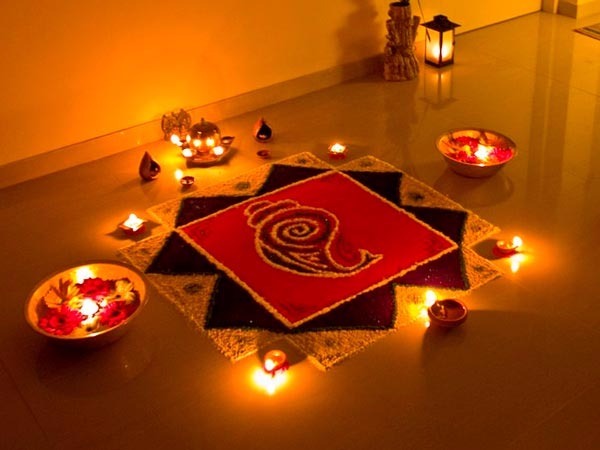
Those Things About Diwali That We Usually Don’t Care to Think About
23 Oct 2016 | 3 min Read
Anshu Bhojnagarwala (firsttimemommy)
Author | 67 Articles
We know Diwali as the day when Lord Rama returned home victorious after killing the evil King Ravana and completing 14 years of exile. Every year, we light diyas and make rangolis and sweets to express our joy and happiness. But, for our discerning kids today, what does this even mean? Just a story?
This year, I probed a bit deeper and gained some more insight:
Diwali cleaning: Every year just before Diwali, my mother used to scrub down the entire house. She also used to go through the contents of the attic and cupboards, and sort them into things that were needed or things that were to be discarded or donated. The house was painted and new curtains and tapestries were put up.
I remember my mother explaining to me that Goddess Lakshmi likes to visit clean houses, so we must clean and clean up well. However, there are is another significance to the clearing up exercise.
The day succeeding Diwali is said to be the start of the new year for some communities. As the new year marks a new beginning, cleaning the house signifies, ‘ringing out the old, ringing in the new!’. It also means clearing our heart of useless thoughts and grudges and making way for positive thoughts and renewed relationships.

Rangoli designs: Rangolis are a delight to look at. However, rangolis not only beautify the entrance, but also keep evil away (and I don’t mean ghosts, spirits or Ravana either). It is said that both positive and negative energies dwell in the atmosphere. When we make complicated rangoli designs, the negativity in the air gets absorbed by the intricacies of the designs, and evil thoughts don’t enter the house. Don’t we tend to think positive and smile when we make a rangoli?
Also, traditionally, rice powder was used to make rangolis. This was food for the insects and other creatures that thrived in the soil below. This Diwali, let these helpless creatures feed on your Rangoli and make your home the epicentre of positive energy as well!

Diya lighting: The multitude of rows of diyas look so beautiful in the night. But, there’s more to lighting a diya than just the decorative aspect. A diya symbolizes knowledge. When a diya is lit, it spreads light or education and drives away darkness or ignorance.
Also, the oil in the diya represents sins like greed, jealousy, hatred, and lust that reside in us, while the cotton wick represents the soul. So when a diya is lit, we are symbolically cleansed of all vice in our body and churn out everything that is good.
Praying to Goddess Lakshmi: On Diwali, we pray to Goddess Lakshmi for prosperity – not just materialistic wealth, but a bounty of wisdom and goodness.
I felt, sharing these little facts with my daughter really helped her appreciate the festival much more than just the rituals!
Explore the entire collection of articles: Diwali
If you are reading this article on our website and have an Android phone, please download our APP here for a more personalised experience based on your lifestage.
A


Suggestions offered by doctors on BabyChakra are of advisory nature i.e., for educational and informational purposes only. Content posted on, created for, or compiled by BabyChakra is not intended or designed to replace your doctor's independent judgment about any symptom, condition, or the appropriateness or risks of a procedure or treatment for a given person.
